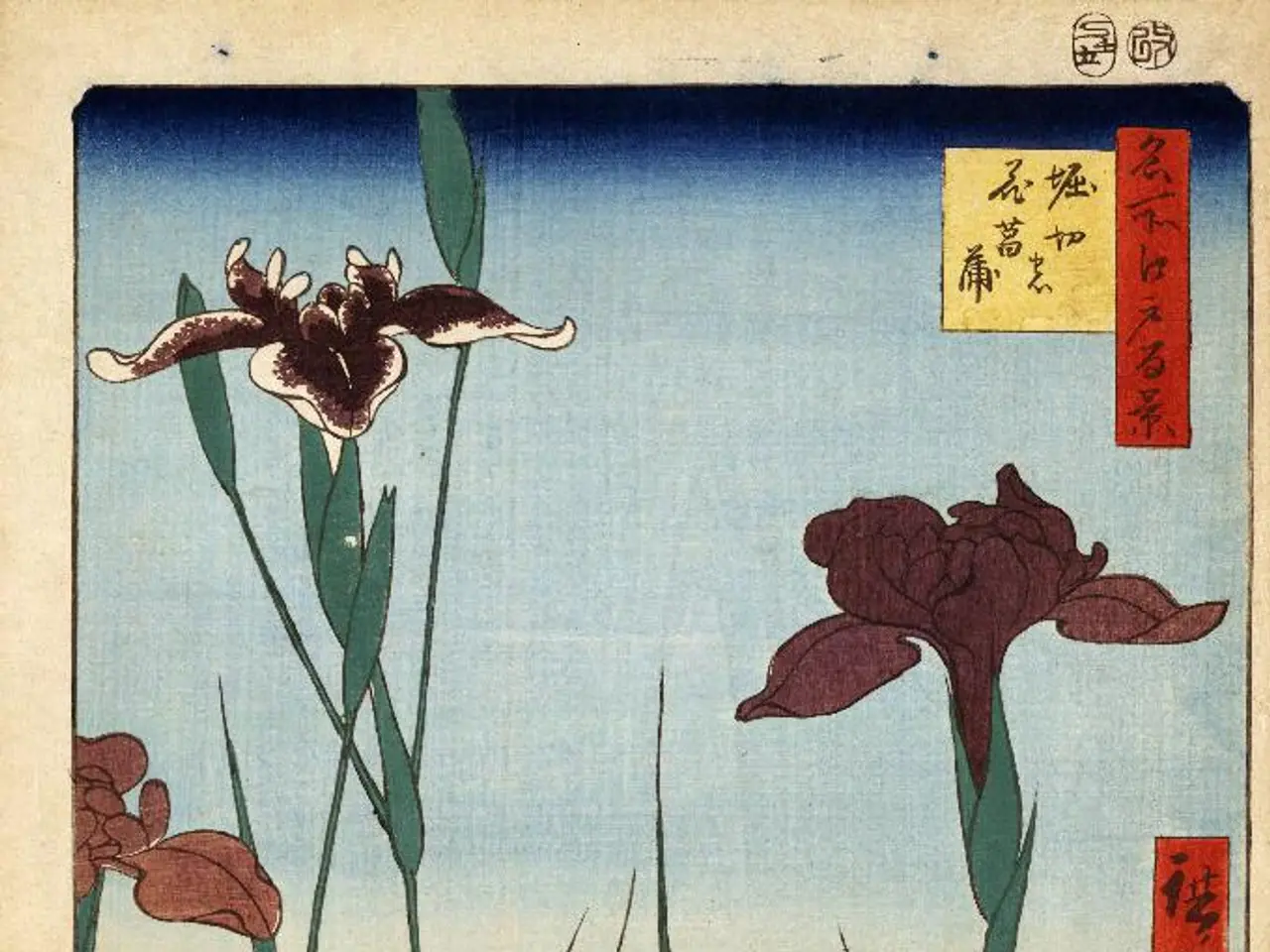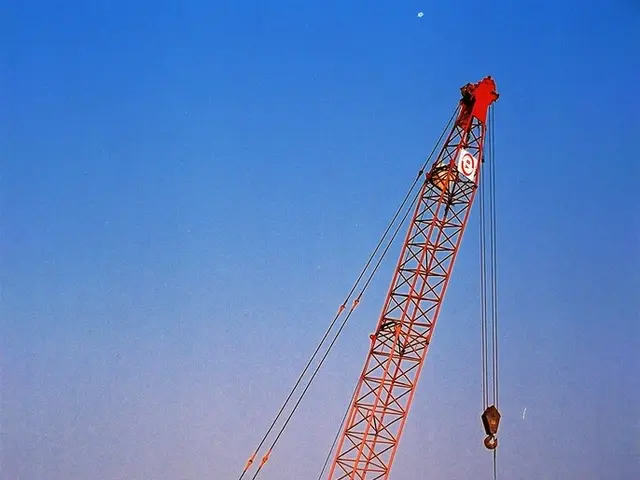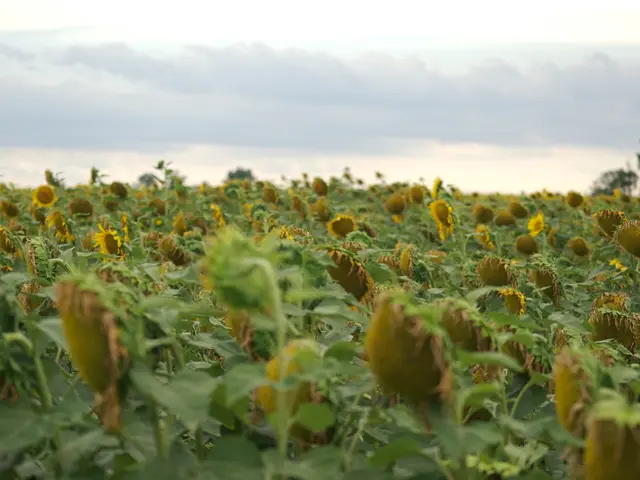Sustainable Landscaping Suggestions for a Yard That Appears Naturally Established Over Time
In the pursuit of creating a more eco-friendly and aesthetically pleasing outdoor space, natural landscaping has emerged as a popular choice. This approach emphasises the use of native plants and alternative lawn options, promoting biodiversity, reducing water and maintenance needs, and improving soil health.
At the heart of natural landscaping lies the use of native plants adapted to your region’s climate and soil. These plants support local biodiversity by providing food and habitat for pollinators like bees, butterflies (such as monarchs), and native birds. They are drought-tolerant, require less maintenance, and help build healthy soil while managing stormwater naturally [1][2][5].
To add year-round texture, colour, and structural variety in your landscape, consider incorporating native shrubs, ornamental grasses, and small native trees. These elements contribute to creating more habitat complexity and aesthetic interest beyond just flowers [3].
Traditional turf grass is gradually being replaced by eco-friendly alternatives. Low-growing groundcovers like clover, creeping thyme, lamb's ear, or creeping Jenny, which spread easily, require less mowing, and improve soil nitrogen, are becoming increasingly popular [2][4].
For sunny, open areas, native wildflower meadows offer a vibrant spectacle of colourful blooms and attract pollinators. Although they can look less tidy if unmanaged, they have low water needs and support wildlife [2][4]. Ornamental grasses mixed with wildflowers can create meadow-like landscapes that reduce water use and lawn maintenance while enhancing habitat [4].
Designing habitat-friendly spaces is another key aspect of natural landscaping. Planting species that bloom at different times provides continual resources, while installing water features like birdbaths and including shelter areas support diverse wildlife in your yard [4].
For those seeking edible landscaping options, native edible plants such as pawpaws, elderberries, persimmons, or walnuts can be incorporated. These additions benefit both people and wildlife, increasing the multifunctionality of your natural yard [1].
A prime example of natural landscaping is the prairie lawn, an alternative to a conventional turf lawn that includes natives like wild grasses and wildflowers. This choice supports native wildlife, including pollinators [1].
Natural swimming pools, which resemble ponds and use plants in the water and around the edges to keep the water clean and create a natural, native landscape, are another fascinating aspect of natural landscaping [1].
Using rocks for hardscaping in a natural landscape design creates a more natural look compared to paving stones, gravel paths, benches, etc. [1]. Additionally, stumperies, gardens that use stumps as bases for growing plants and native ecosystems, provide shelter and foraging for wildlife [1].
Ideas for a natural area include converting part of a turf lawn into a meadow or prairie, growing native mosses and shade-loving plants in a shady area, and leaving some corners of the garden "littered" with natural materials like sticks, messy shrubs, and leaf litter [1].
In conclusion, embracing natural landscaping not only creates a yard or garden that looks natural, unfussy, and relaxed, but also contributes positively to the environment by promoting biodiversity, reducing water and maintenance needs, improving soil health, and creating a resilient, ecologically functional outdoor space [1][2][4][5]. Examples of naturalized plants include daylily, foxglove, and lily of the valley [1].
In the process of developing a more sustainable and visually appealing outdoor space, one should consider incorporating native plants, such as shrubs, ornamental grasses, and small native trees, as they offer year-round texture, color, and structural variety (home-and-garden). Additionally, for sunny, open areas, one could opt for native wildflower meadows, which provide vibrant blooms, attract pollinators, and have low water needs (gardening).





